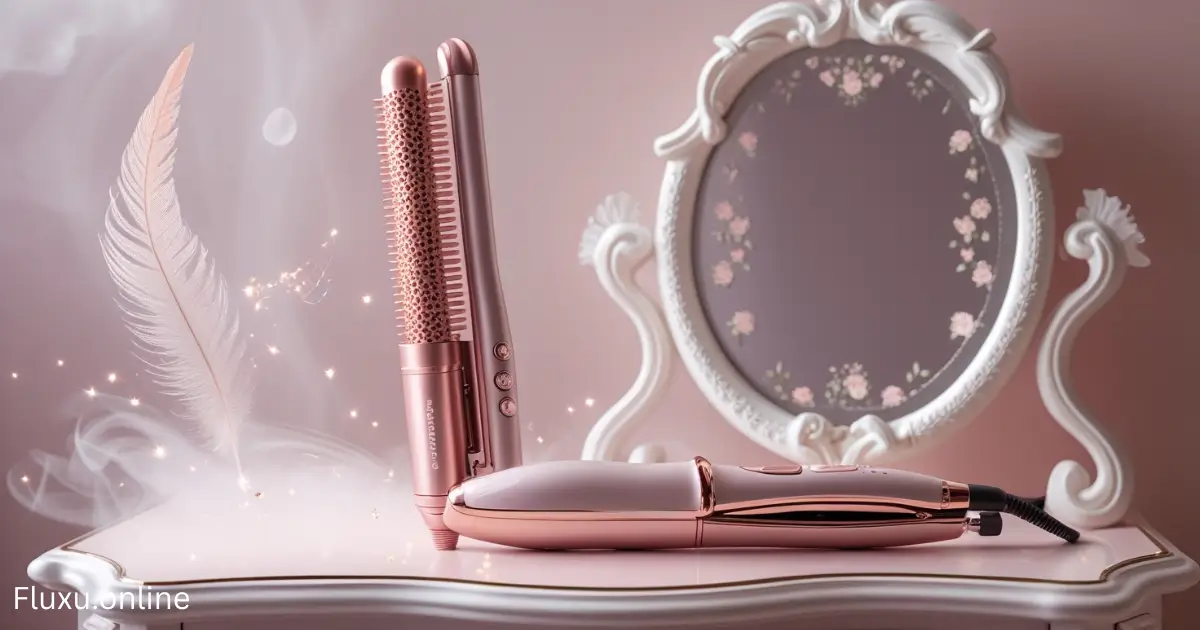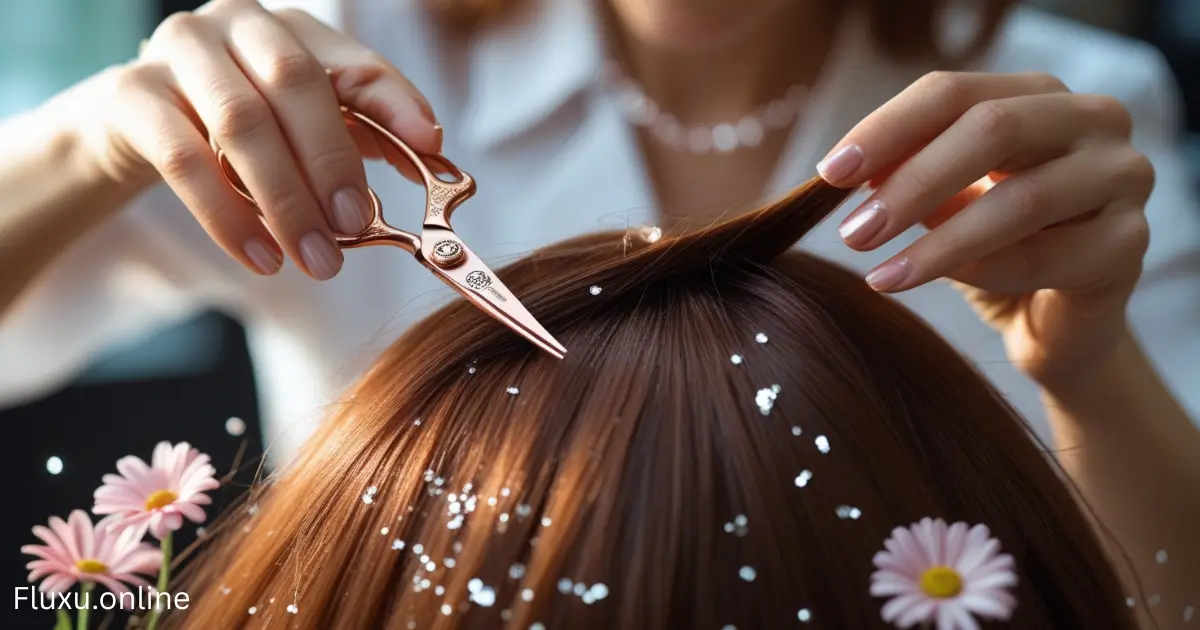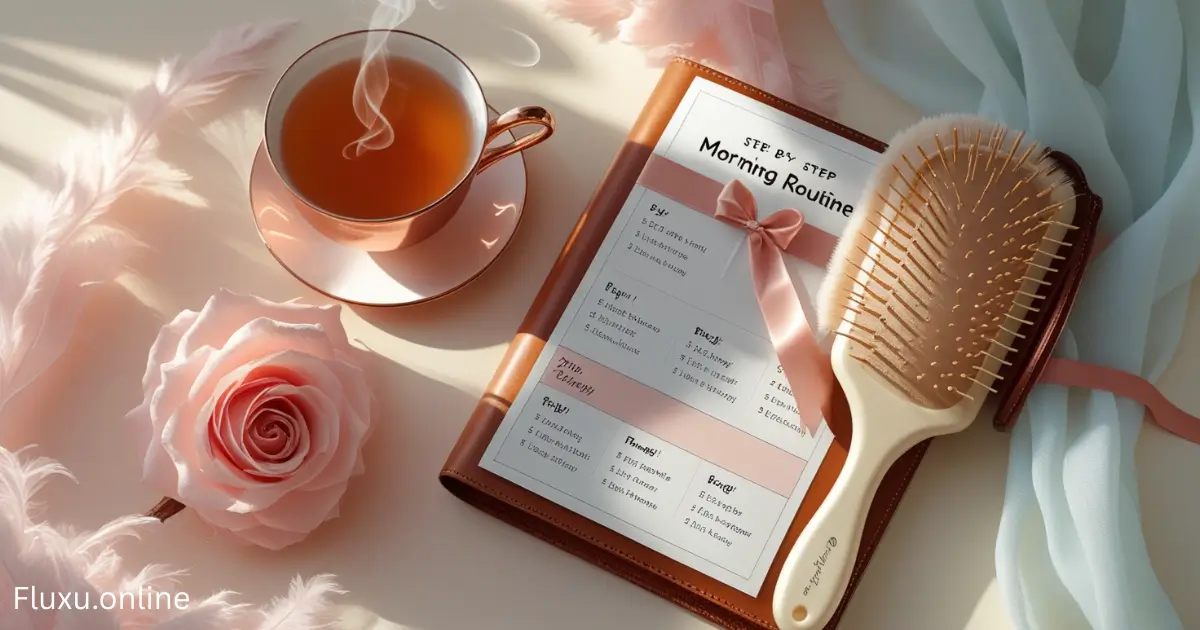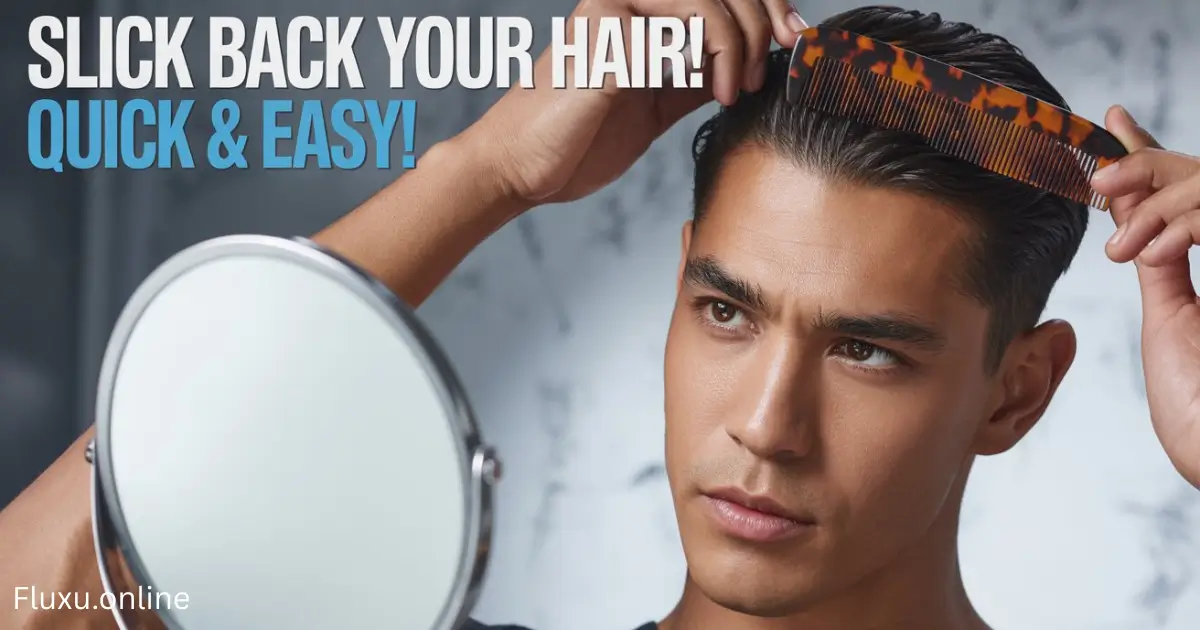Introduction: Why Slicked Back Hair Works
How to Train Hair to Slick Back – Slicked back hair looks neat, feels clean, and puts your face front and center. It’s a timeless, sharp style that many people admire and aim to achieve. However, not all hair types naturally stay in place, which can make styling frustrating.
That’s why learning how to train hair to slick back is so important. With the right approach, you can condition your hair to stay back more easily, saving both time and stress each morning. Training your hair helps maintain a polished look throughout the day, making it easier to manage and style no matter your hair texture.
What Does “Train Hair” Mean?
How Hair Learns New Shapes
Hair can learn. Not like people. But it can change shape. Daily combing of hair causes it to hold its shape throughout the day. When individuals look to maintain their hair in position they often refer to training their hair. Teaching hair the proper motion is the essence of training it for smooth movement. Regular daily conduct of your hair during training teaches it to stay back.

Why You Must Train Hair to Slick Back
Without human interference hair will not remain in a backward position. Even with gel, it may fall. The training process establishes the ability for hair to stay slicked because you must guide it daily. You must help it learn. The longer you guide it through its motions the better it retains the shape. The slicked back hairstyle presents a firm and neat appearance because of proper training.
How to Start the Training Process
Adapt the Right Washing Procedure First
Clean hair is key. Wash it with soft shampoo. Use warm water. Do not use harsh soap. The natural state of unclean hair fails to maintain an orderly position. It will get greasy. Hair that has been cleaned up will create better shape for itself. Your hair training for a sleek appearance begins with this process on the very first day.
How Often to Tone Hair: 7 Expert Tips for Perfect Color
Keep Hair Damp, Not Wet
Handle wet hair only with caution because combing is not advised. Do not wait until it is dry. Damp hair is best. It bends easy. It holds shape better. Use a towel to dry hair. Then comb it back. It enables your hair to memorize the proper movement direction.

Use the Best Comb for Slicked Hair
You need the right comb. Wide teeth help at first. Thinner teeth play an important role in achieving a smooth hairstyle. Using the right comb delivers essential benefits for shaving back the hair. It helps hair stay flat. It spreads product well. You should always select a firm comb when training your hair to stay in the slicked position.
Pick the Right Hair Products
Pomade vs Gel for Slick Styles
Pomade adds shine. Gel gives hold. Both help hair stay back. Pomade works well for thick hair. Gel works for light hair. Select the hair product which matches your hair type. Use only a small amount. A big portion of hair product application will make hair appear oily. That can ruin the slick look.
Light or Heavy Hold: Which is Best?
Start with light hold. See if it works. A heavy holding product should be used in case the current product allows the hair to fall from its position. Each hair type is different. The primary objective focuses on maintaining hairstyle positioned at the back. You should give both options a try to find the one providing the best results.
What is Cica in Skincare? 7 Powerful Benefits for Your Skin
Use Heat Tools to Train Hair
A hairdryer can help. Use it with a comb. Warm air from your hair dryer should be directed to your hair when you brush it backward. Do this daily. The practice of using heat tools enables hair to adopt faster slicking motions. The heat shapes hair. The comb sets it. The most successful approach to this routine occurs daily throughout early morning hours.

Comb Hair the Same Way Every Day
You must be steady. Comb hair back the same way. Do not switch sides. Do not skip days. Keep the motion smooth. Do it every day. Soon, your hair will remember. The right technique to train hair for a slick back position is achieved through this method.
Wear a Headband or Cap at Home
A soft headband helps. Wear it when you are home. It pushes hair back. It holds it in place. A loose cap serves as another option besides headbands. Just do not press too hard. Maintain the hairstyle in the desired style that you want to achieve. Daily wearing of a headband or cap while at home enables your hair to learn and stay in its slicked position throughout the day.
Sleep the Right Way to Help Hair Stay Back
Hair moves at night. Pillows can push it out. A silk pillowcase provides the best conditions to enhance nighttime hair rest. It cuts friction. Or wear a soft head wrap. This keeps hair flat. Your sleeping position develops the capability of your hair to stay smoothed back and maintain its shape.
What Does Purple Shampoo Do to Red Hair? 5 Shocking Effects
Trim Hair to Help It Train Easier
Long hair lengths may create difficulties for the hairstyle. Get a trim. Inform your barber about your goal to slick the hair backward. The expert barber will do a proper cut that benefits your hair training. Clean sides help. Getting the right haircut facilitates quick training of your hair to slick back.

How Hair Length Affects Slicking Back
Short hair may pop up. Long hair may fall down. People with medium-length hair find the best results at the beginning stage. It bends easy. It holds shape well. Become familiar with the right hair length when trying to train hair for slick back styling. Obtaining the correct length makes slicking your hair become effortless.
Why Hair Type Matters
Thick Hair
Thick hair is strong. It may fight the comb. But it can learn fast. Use heavy pomade. Use a firm comb. Train it each day. Thick hair will learn to maintain its sleek back position without any difficulty.
Thin Hair
Thin hair is soft. It needs light gel. A heavy application will flatten the hair appearance. Comb it with care. Brush it back daily. Those holding thin hair should find productive training methods simple to learn. The proper maintenance of thin hair demands tenderness both in techniques and tools used.
Curly Hair
Curly hair is tough. But it can still slick back. Use a blow dryer. Use cream-based pomade. Comb it while damp. Keep your hands on the hair to press it down. Curly hair takes time. Appropriate attention to hair care enables you to keep this style.
Common Mistakes to Avoid
Do not over-wash your hair. Do not use too much gel. Do not skip combing days. Do not sleep with messy hair. Fast changes between different hairstyles will not benefit your training progress. Simple daily mistakes will negatively impact the training process. One needs to maintain consistency when training hair to achieve its best slicking results.

How Long Does It Take to Train Hair to Slick Back?
It can take a week. It may take a month. Each head is different. Stick to the steps. Stay patient. The hair will learn following strict adherence to these guidelines. Time and care matter. The training process for slick-back hairstyles should be conducted continuously until your hair maintains this style permanently.
What to Do When Hair Will Not Stay Back
The back portions of hair refuse to maintain their position keeping themselves visible. It can fall down. It can stick up. This can feel hard. But do not worry. You can fix it. First, check your routine. Are you combing it daily? When dealing with hair styling difficulties people need to make sure they use the proper products.
Are you trimming split ends? A single element out of order could lead to failure of the style design. So, fix that one thing. Then start again. Maintaining simple yet constant care routines gives your hair more likely success. With practice hair will understand the basic technique of staying smooth even if it does not come naturally at first.
How to Dilute Hair Dye: 5 Genius Tricks for Softer Shades
Why Routine is the Most Important Step
Hair training follows the same approach as creating daily habits. It needs time. It needs care. All hair training programs rest upon a well-established habitual process. Daily brushing must be done in a constant method. Going to bed while your hair remains styled is essential for proper training. A proper timing for washing plays a vital role. Each step matters.
The established routine functions as the unifying core of everything. Failing to conduct your daily routine for just one day can cause hair to lose its polished appearance. Maintain a strong and consistent daily procedure to educate hair for slicking back effectively. The technique to create and maintain sleek back styles follows these steps perpetually.

Natural Oils and Their Role in Slick Hair
Your scalp makes oil. This oil keeps hair soft. It helps it bend. It helps it shine. Regular washing of your hair leads to removing essential natural oil from your scalp. That makes hair dry. Hair which lacks oil will fail to maintain an attractive sleek appearance. Maintaining oil on the hair allows it to learn the back slicking technique.
The natural oils argan and coconut work well to help hair maintain its slick appearance. Rub just a bit on the tips. Hairs can guide through smooth movements while maintaining its daily shape with this application.
How Humidity Affects Slicked Back Hair
The weather influences different behaviors in your hair. In wet air, hair may puff. In dry air, it may fall flat. People who reside in moist climates should choose products that deliver powerful holding abilities. Use a bit of hair spray. The wearing of caps serves as an additional option to maintain your slick back hairstyle. Learning about weather impact on hairstyle enables you to prepare yourself ahead of time. Learning to make hair slick back while holding its position throughout the entire day represents a beneficial method for training hair style.
What Is Hair Shrinkage? 5 Powerful Ways to Prevent It
Final Tips to Keep Hair Slicked Back All Day
Start early. Comb each day. Pick the best products. Use heat. Use soft tools. Sleep smart. Get the right cut. Stay kind to your hair. The following methods represent the best system to prepare hair for a sleek style that stays throughout an entire day.
FAQ Section
I must comb my hair regularly to train it for backup style.
Daily combing is necessary for successful training of your hair to stay slicked back throughout the day. Daily combing allows the hair to memorize its new appearance. Your hair will maintain this style better every time you brush it toward the back. Do not skip days. When hair experiences no combing it fails to retain its design. Daily combing helps training time become shorter. Success becomes achievable through consistent daily combing of the hair.
What is the best product to train hair to slick back?
Your hair type determines what makes the best product when training for a sleek hairstyle. People with thick hair should choose pomade as their styling product. If it is light, try gel. Curly-haired people benefit best from using creams as their styling product. Small test portions offer the best starting point to achieve results. Then see what holds best. The main objective is to maintain backtracking hair while avoiding stiffness.
Short hair has the ability to learn slick back positioning.
Yes, but it is harder. Short hair pops up. It needs more time to learn. You must use stronger hold. You need to comb your hair since the product depends on your hair’s thickness. Newly grown hair becomes increasingly easier to manage. So yes, short hair can train. But it will take more work.
Is daily usage of heat tools considered safe?
The use of low heating levels makes daily heat usage safe. Do not put it too close. You should continuously shift the dryer when performing the blow-dry process. Use a comb as you blow. This trains the hair better. But always be gentle. You need to decrease heat exposure when your hair appears dry to the touch. Keep it soft and strong.
How long should I wear a headband to help train my hair?
The headband needs to be worn for several hours every day. You can wear it at home. You can put the headband during your sleeping hours. The band should not squeeze the head tightly. A soft headband functions to smooth hair towards the back of the head. Regular use of this practice results in better maintenance of hair form.



